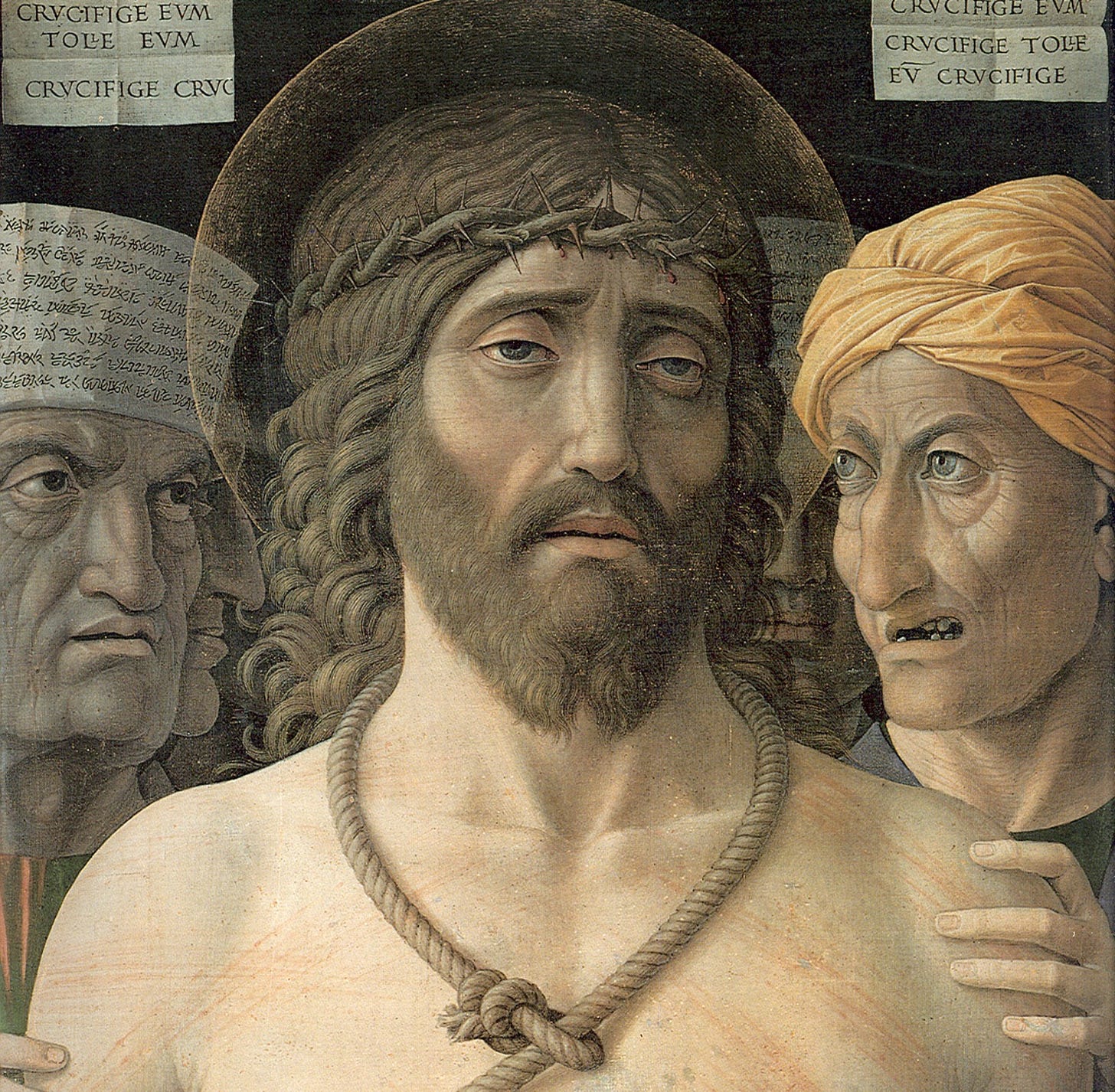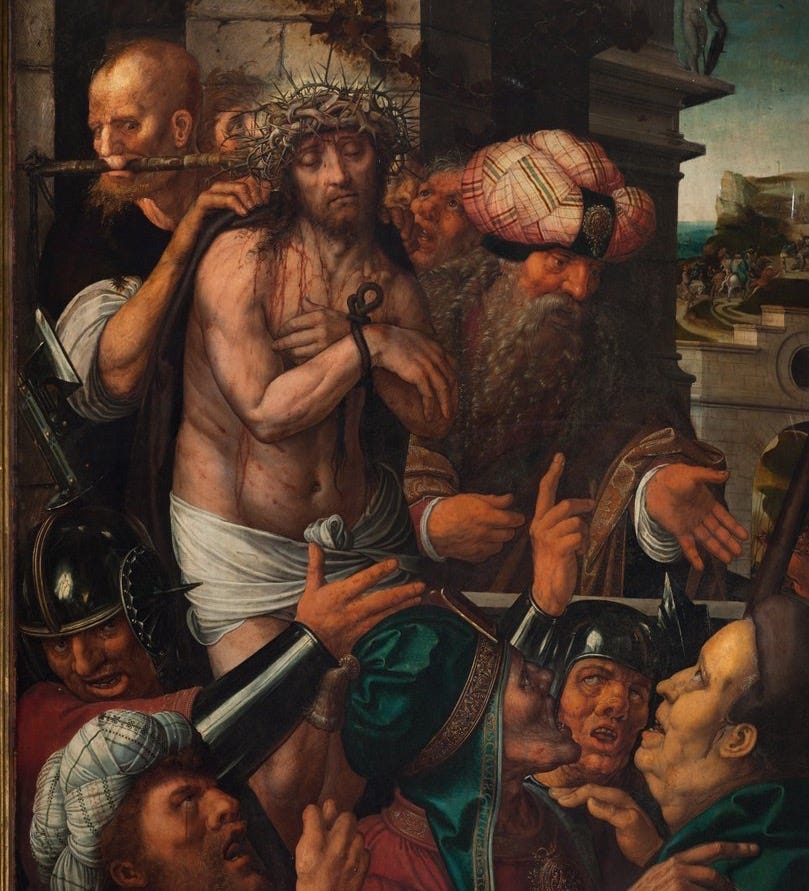Friedrich Nietzsche was one of the 19th century's most provocative philosophers, not merely for his unorthodox ideas but for his extraordinary insight into Christianity's central claims. Unlike many casual critics of religion, Nietzsche understood precisely what he was rejecting—the cruciform pattern of life exemplified by Christ. Rejecting Christ, Nietzsche offered a deliberate alternative.
The Dionysian Alternative
The son of a Lutheran pastor, Nietzsche developed a radically atheistic and explicitly anti-theistic philosophy. His opposition to Christianity was neither passive nor merely intellectual; it was a declaration of philosophical warfare. In The Anti-Christ, he articulated this hostility with remarkable clarity:
"I condemn Christianity. I raise against the Christian church the most terrible of all accusations that any accuser ever uttered. It is to me the highest of all conceivable corruptions... I call Christianity the one great curse...I call it the once immortal blemish of mankind."
Nietzsche's fundamental critique centered on Christian virtues themselves. Where Christianity exalts humility, self-sacrifice, and meekness, Nietzsche saw life-denying forces that suppress authentic human flourishing. For him, the Christian emphasis on holiness as self-denial represented not spiritual advancement but a tragic renunciation of life itself.
As an alternative, Nietzsche advocated for a "revaluation of all values"—a radical rejection of Christian morality in favor of classical Greek ideals: strength, courage, the pursuit of worldly passions, and what he termed "the will to power." He particularly championed Dionysus, the Greek god associated with wine, festivity, fertility, and unrestrained pleasure, as the preferred model for human aspiration.
This philosophical position—Dionysus versus the Crucified—became increasingly explicit in Nietzsche's work. Indeed, when illness compelled him to abandon his planned series on the "transvaluation of values," he turned instead to writing an autobiography with the provocatively ironic title Ecce Homo ("Behold the Man").
The choice was a subversive taunt of the Christian faith. Ecce Homo invokes Pilate's presentation of the scourged Jesus to the crowd in John 19:5. By appropriating this phrase for his autobiography and signing it "Dionysus versus the Crucified," Nietzsche made his philosophical proposal unmistakable: Behold not Jesus of Nazareth, but me—Dionysus incarnate.
The Biblical Pattern and Its Rejection
The dramatic contrast Nietzsche established is well grounded in Scripture, where we encounter two competing patterns of human life: one characterized by grasping and self-assertion, the other by self-giving love.
The first pattern begins in Eden, where Adam seeks equality with God and to become a law unto himself - apart from his creator. This declaration of independence from God becomes a pattern repeated throughout Scripture in everyone who does “what is right in his own eyes” (Judges 17:6), elevating egoistic desires above God’s law. It is, in essence, a Dionysian impulse—the prioritization of self-fulfillment over self-surrender.
The second pattern finds its perfect expression and fulfillment in Christ, described by Paul in Philippians 2:5-8:
"Have this mind among yourselves, which is yours in Christ Jesus, who, though he was in the form of God, did not count equality with God a thing to be grasped, but emptied himself, by taking the form of a servant, being born in the likeness of men. And being found in human form, he humbled himself by becoming obedient to the point of death, even death on a cross."
This cruciform pattern—the path of kenosis (self-emptying)—stands in direct contrast to Adam's grasping. Where Adam sought divinity through self-assertion, Christ revealed true divinity through self-surrender.
The prophet Isaiah articulated this pattern centuries earlier in his depiction of the Suffering Servant:
"He was oppressed, and he was afflicted, yet he opened not his mouth; like a lamb that is led to the slaughter, and like a sheep that before its shearers is silent, so he opened not his mouth" (Isaiah 53:7).
The Palm Sunday Liturgy
The liturgical practices of Holy Week, particularly Palm Sunday, invite modern Christians to recognize our part in this ancient tension. The reading from John’s gospel, which is often read as a passion play, enacts a dramatic shift—from welcoming Jesus with "Hosannas" to joining the crowd shouting "Crucify him!" This liturgical movement invites us to confront our own ambivalence toward Jesus of Nazareth and his cruciform life.
Thus, each Palm Sunday, and indeed each day, we face Nietzsche's fundamental question: Ecce Homo—who will it be? Dionysus or Jesus of Nazareth? Will we embrace self-assertion or the One whose ultimate self-surrender saves us?
Contemporary Resonance
Nietzsche's challenge remains remarkably relevant, especially in an era as focused on self-assertion and Dionysian hedonism as our own. Contemporary culture's emphasis on "authenticity" as unfettered self-expression bears striking resemblance to Nietzsche's Dionysian ideal. Our culture has embraced mantras like “you do you” and “be true to yourself”—phrases that tend to ground identity in our basest desires while explicitly rejecting the cruciform pattern as life-denying. Were Nietzsche to witness how thoroughly his philosophical vision has permeated Western culture, one wonders whether he would respond with triumphant vindication or surprising remorse. The prophet who so clearly articulated the implications of "the death of God" might find our culture's enthusiastic embrace of his Dionysian ideals both fulfilling and troubling. Like Richard Dawkins and so many other atheists, a contemporary Nietzsche might be inclined to join the chorus calling for a return to cultural Christianity.
Many theologians value Nietzsche as an interlocutor precisely because he understood, at least in part, what he was rejecting when he turned against Christian faith. Unlike the comfortable Christianity that accommodates contemporary narcissism, Nietzsche recognized the radical nature of the Christian call. He forces us to confront the scandal at the heart of our faith—that Jesus Christ demands a genuine dying to self.
As C.S. Lewis articulated in Mere Christianity:
"Give up yourself, and you will find your real self. Lose your life and you will save it. Submit to death, death of your ambitions and favorite wishes every day and death of your whole body in the end... Nothing that you have not given away will be really yours. Nothing in you that has not died will ever be raised from the dead."
Ecce Homo! Jesus the Christ
Nietzsche's critique wasn't just philosophical opposition… it was prophetic insight into Christianity’s most radical claim. He recognized what is too often obscured—that the gospel presents an anthropology fundamentally at odds with our natural inclinations. This insight makes Nietzsche a valuable conversation partner for Christians in our own time.
The provocative title of his autobiography, Ecce Homo, points to the central question. When Pilate presented Jesus to the crowd - scourged and bleeding - he said "Behold the man!" and unknowingly framed the choice we still have to make: Do we find fulfillment in self-assertion and the will to power, or in the God-man, Jesus Christ crucified?
Nietzsche made his choice explicit, signing his work "Dionysus versus the Crucified." His intellectual honesty highlights the incoherence of those who embrace Christ's teaching while living by Dionysian principles. What distinguishes Christianity is not merely its ethical instruction but its embodiment in Christ, who alone perfectly manifested the self-giving love he taught. The gospel is not primarily a moral program but the announcement of this truth incarnate, crucified, and raised to eternal glory.
The question posed by Pilate's presentation remains: Which vision of humanity is true? In the beaten, humiliated figure before the crowd stands the perfect embodiment of self-giving love—the true human revealing what humanity was always meant to be. Christ does not merely teach this way; he is this way. Ecce Homo. Behold the Man.
The Gospel Proclamation of Palm Sunday
What makes Palm Sunday so powerful is that it reveals not just our human vacillation between "Hosanna" and "Crucify him," but more importantly, Christ's unwavering love in the face of our own fickleness. When Pilate said "Ecce Homo," he thought he was putting a defeated man on display. What he actually revealed was the Son of Man coming into his glory.
This is the scandal and the glory of our faith: not that we must somehow muster the strength to choose the cross over our natural Dionysian impulses, but that Christ has already made this choice for his people. Where we his people fail daily, grasping and asserting ourselves, choosing the way of power over the way of love—Christ has provided the remedy.
At its heart, the gospel does not present us with a choice - Dionysius or the Crucified! This is the part that Nietzsche got entirely wrong! Instead, the gospel proclaims that the Crucified has chosen us. His self-emptying becomes our fullness. His death becomes our life. His surrender becomes our victory and forges the graced path that we now walk in.
For the sake of your Son Jesus Christ, have mercy on us and forgive us; that we may delight in your will, and walk in your ways, to the glory of your Name. Amen.
As we process from palms to passion this Holy Week, we move not under the burden of an impossible ethical demand but beneath the canopy of grace. The pattern we could never fulfill has been fulfilled for us. The death we fear has been conquered by One who entered it willingly. The self-giving love that seems to diminish us actually completes us. This is the good news that Palm Sunday heralds as we enter Holy Week: The Crucified One has conquered, and in Him, so have we.
Palm Sunday, 2025










There was this old joke in a former Christian small group about a Living Sacrifice. “That’s the problem with a Living Sacrifice, it keeps crawling off the altar.” Being crucified with Christ is seldom seen as the “I am crucified” statement of Galatians 2: 20.
Most excellent exposition.